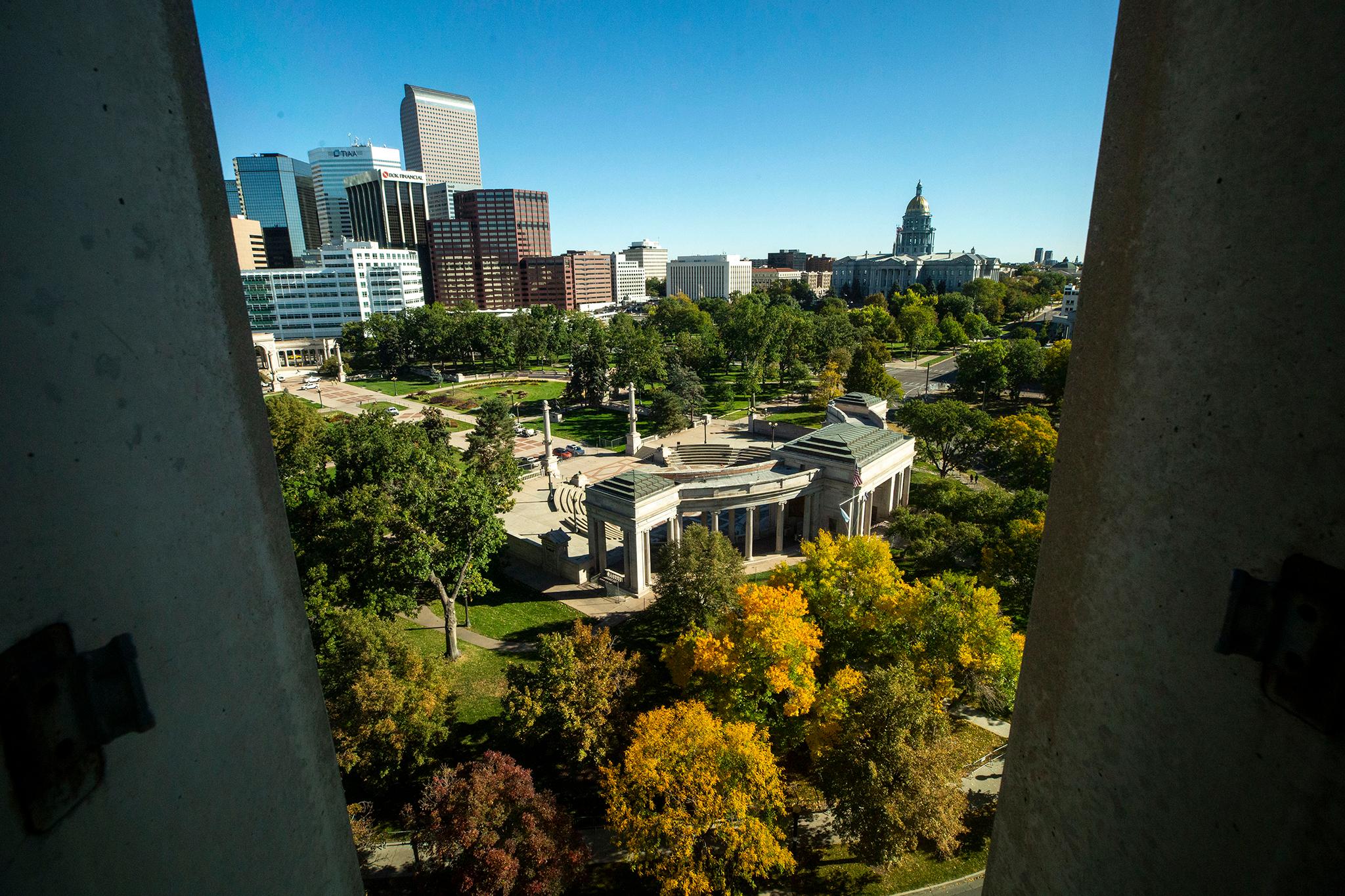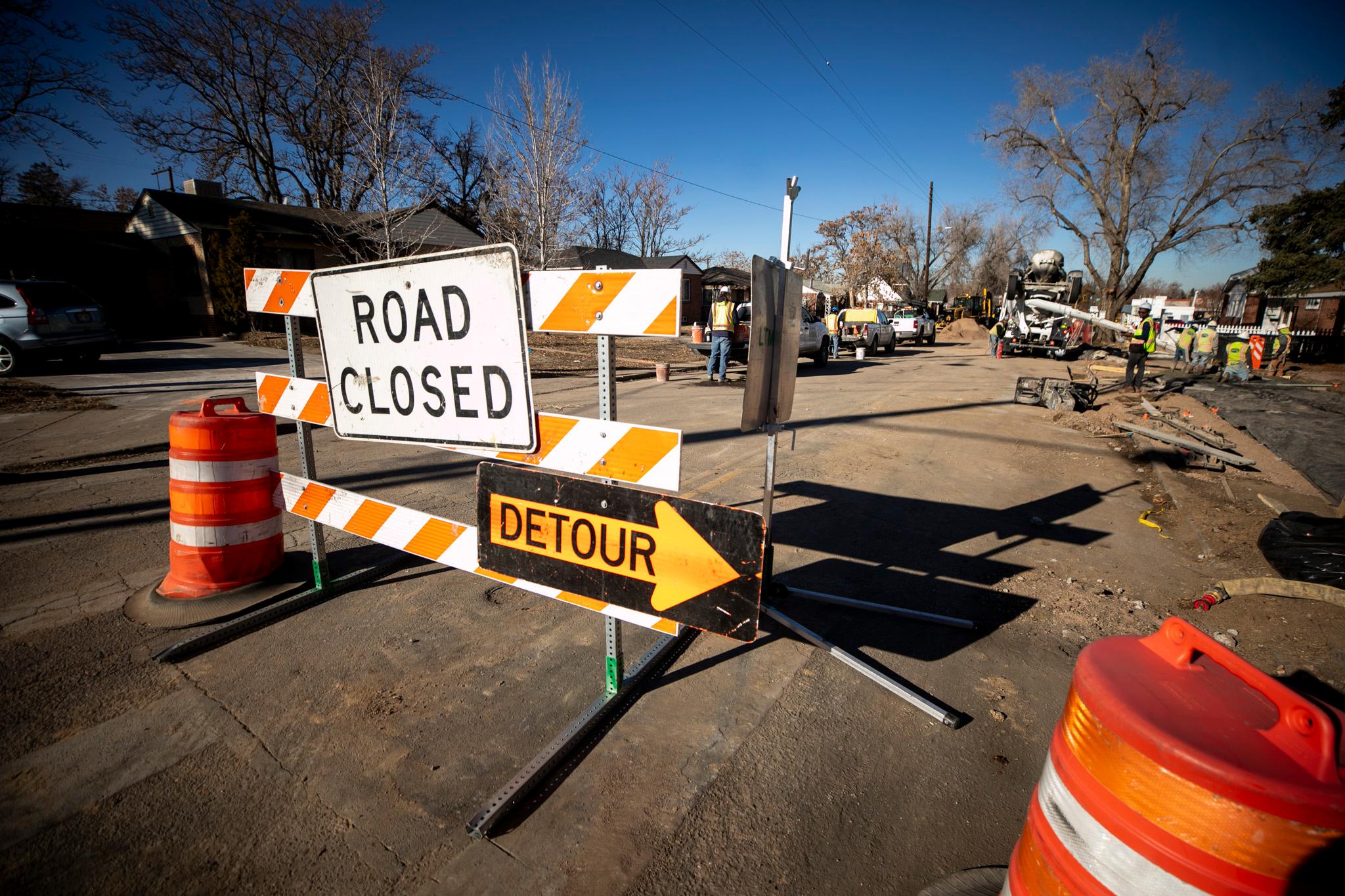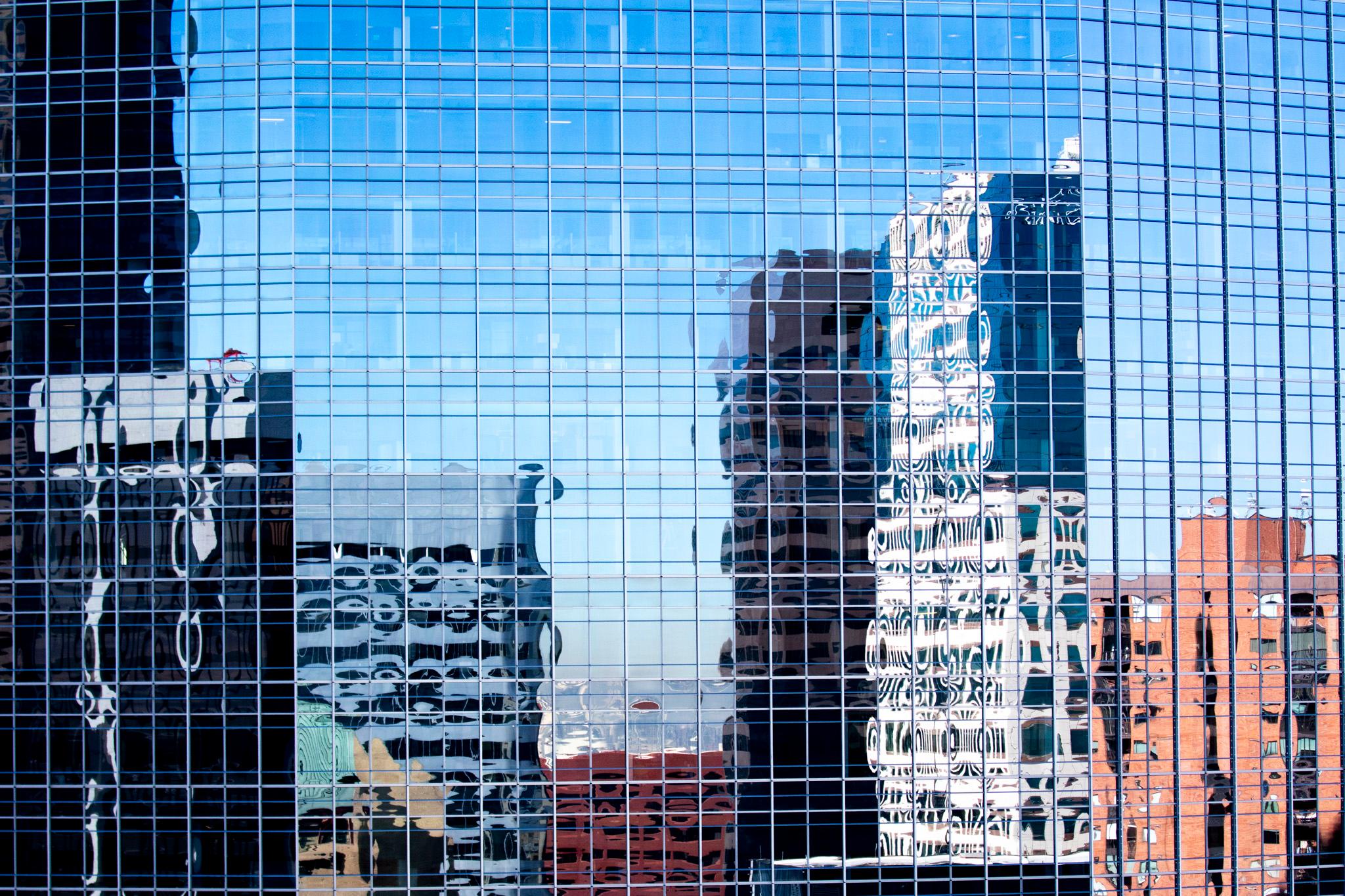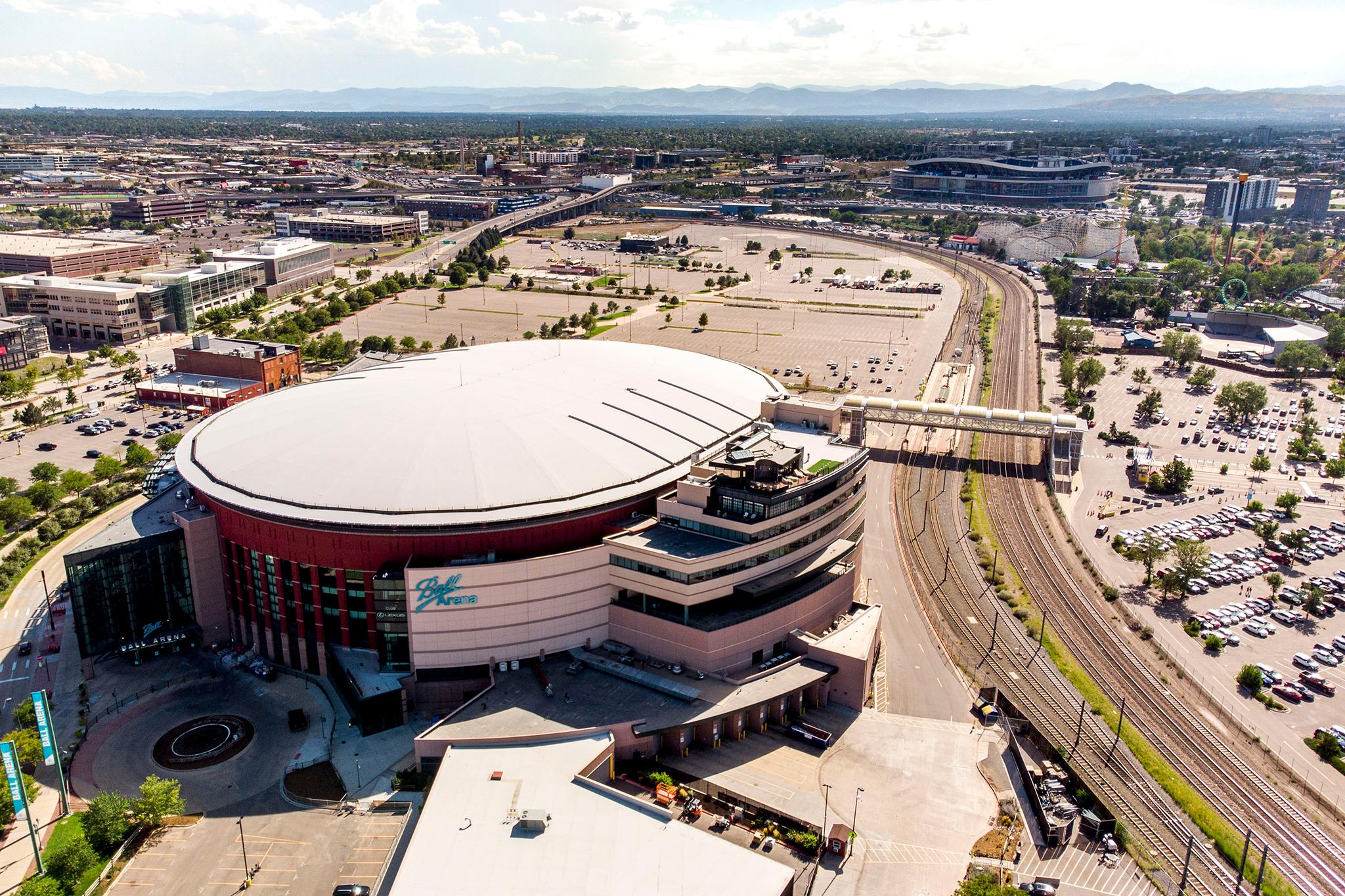By Matthew Brown, Associated Press
BILLINGS, Mont. (AP) — Adventure seekers encounter untamed wilderness when they enter the backcountry of Yellowstone National Park. Howling wolves. Deadly grizzly bears. Steam-spewing geysers as seen nowhere else on earth.
A refuge from ringing cellphones? Not so much anymore.
In the popularity contest between Yellowstone's natural wonders and on-demand phone service, park administrators appear to have lost ground on a 2009 pledge to minimize cell phone access in backcountry areas.
Signal coverage maps for two of Yellowstone's five cellphone towers show calls can now be received in large swaths of Yellowstone's interior, such as the picturesque Lamar Valley and other areas until just recently out of reach.
The maps were obtained by a Washington, DC-based advocacy group, Public Employees for Environmental Responsibility (PEER), which has for years fought against new telecommunications infrastructure in the first national park in the U.S.
"The ability to disconnect, the serenity value of that, is a park resource that they've given away without a thought," said Jeff Ruch, PEER's executive director. "They have ceded the telecommunications programs to the companies."
Yellowstone technology chief Bret De Young acknowledged the occurrence of "spillover" cellphone signals into backcountry areas, but suggested the coverage maps — released by the park to Ruch's group under a public records request — exaggerated the quality of coverage in parts of the park.
In 2009, Yellowstone issued a wireless and telecommunications management plan that said cellphone coverage "would not be promoted or available along park roads outside developed areas, or promoted or available in any of the backcountry."
"No cell phone service will be allowed in the vast majority of Yellowstone," park officials said in a statement issued when the plan was adopted.
De Young said while it is not the intent to cover backcountry areas, the park is taking steps to limit cell service as much as possible to developed areas. That's being done with the installation of more modern antennas that can direct signals more precisely.
Two of the park's five cellphone towers now use those antennas, and De Young said a third is due to be converted this fall.
"This will allow the service providers to keep up with new phone technology while limiting unintentional coverage areas," De Young said. The park service "will continue to limit cellular service to developed areas to the extent possible," he said.
Legislation introduced last week in the U.S. House seeks to encourage even greater cellular and broadband coverage within national parks and other public lands.
The measure from California U.S. Rep. Jared Huffman is known as the Public Lands Telecommunications Act.
It would impose rental fees on telecommunications companies with cell towers or other infrastructure on public lands. Money raised would be used by the U.S. Interior and Agriculture Departments to obtain additional communication sites and take other steps to foster greater coverage.













